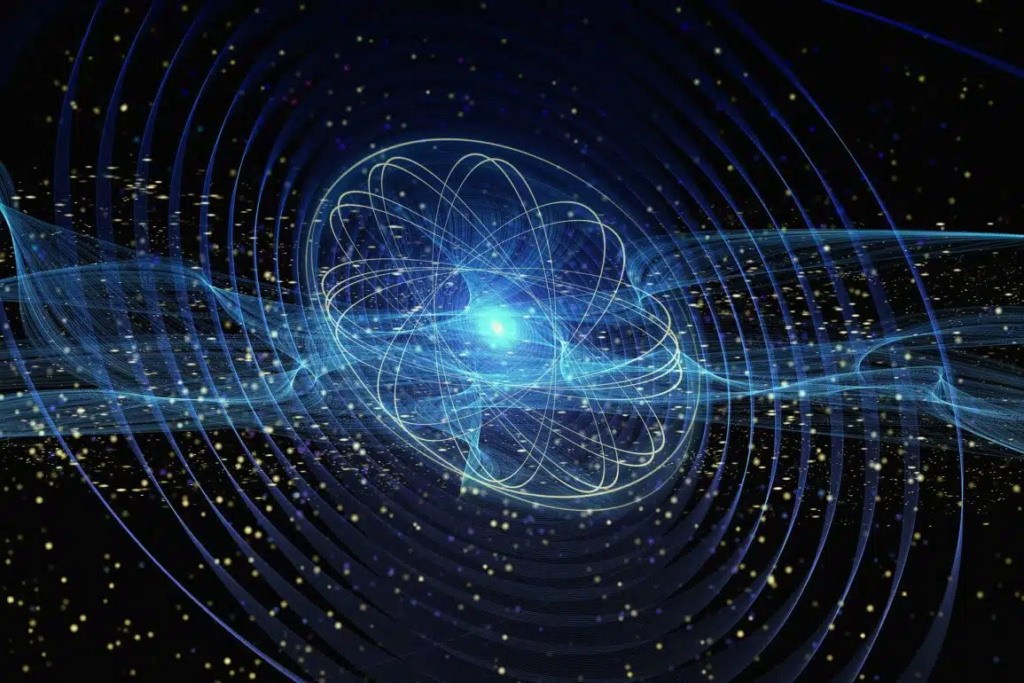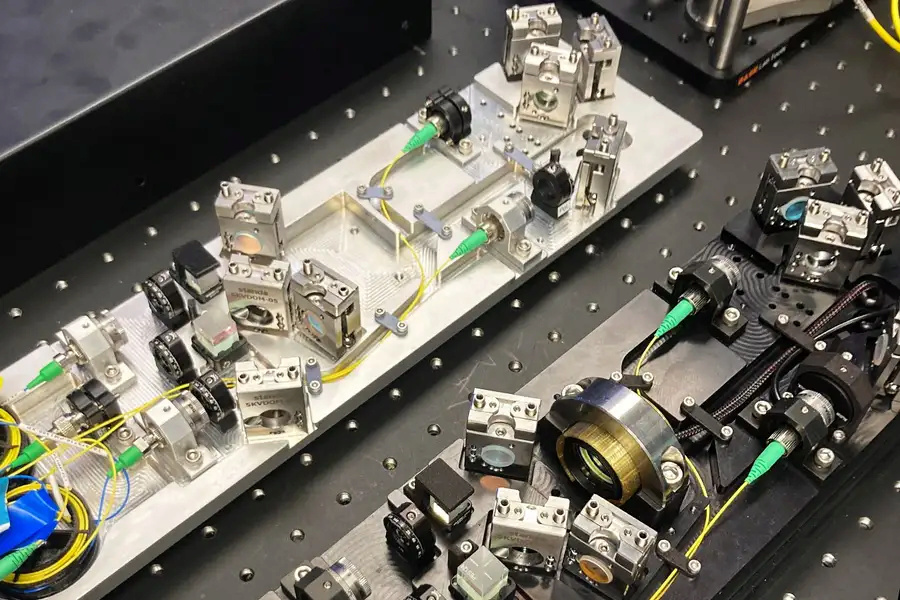A nearly impossible-to-hack 'quantum internet' is under construction in New York

Well hidden under the streets of New York, entangled photons circulated in a loop of optical fibers on April 10. This process could be the first milestone in building a “quantum internet” that is extremely difficult to hack.
Have you ever moved into a place wondering if it “had fiber” or not? The optical fiber is indeed known to allow us to transmit data very quickly, thanks to the light which passes through this device. Researchers from the company Qunnect say they could use this same fiber optic network to create a "quantum internet". They have just succeeded in circulating entangled photons in a loop of optical fibers 34 kilometers long, which could constitute a first step in the transmission of “quantum” data. A journalist from New Scientist was able to attend the experiment and reported it in an article .
To better understand what they mean by this, let's go back to the basic operation of fiber optics. Light has different wavelengths. These can be very clearly distinguished from each other. When circulated in devices capable of distinguishing them, they can be used as different "channels of information". It is on this particularity that the operation of the optical fiber is based. Thanks to small "cables", the famous optical "fibers", it transports these different channels of information in a single ray of light.
Concretely, how can light transmit data, information? You have to imagine that at the end of your computer, a laser (the light source) translates the electrical signal that carries the information into a light signal. This light signal propagates through the optical fibres, then it is again "reconverted" on arrival in the form of an electrical signal that a computer can understand. What we call "light" in everyday language is nothing other than a flow of "photons". Photons are like "particles" of light, small packets of energy released by electrons gravitating around an atom.
In the experiment carried out by these Qunnect scientists, we find this operation clearly: they send photons, and therefore light, to circulate in the fiber optic loop. But these photons have something special compared to those usually found in our networks: they are "entangled" in pairs. There, you may imagine a strange luminous knot…
Entangled photons that serve as a "warning signal"
In reality, entanglement, or quantum entanglement, is a property specific to quantum physics. Researchers have indeed realized, by studying matter at the scale of the atom, that there are particles linked to each other in a fascinating way. When two particles are entangled, they react with each other. If one is altered, the other instantly changes its properties: and this remains true even if these two particles are far from each other, including at very long distances.
These researchers succeeded in producing entangled pairs of photons, using a device called an “entanglement source”. Very concretely, they activated a precisely calibrated laser to “hit” rubidium atoms, which release entangled photons in response. Of these released proton pairs, one is kept in the lab, while the other is sent to the fiber optic loop.

Qu Source, one of the devices produced by Qunnect, makes it possible to produce pairs of entangled photons thanks to lasers stimulating rubidium atoms.
This technical prowess could well be used to create an ultra-secure “quantum internet”, precisely thanks to this famous entanglement. Indeed, thanks to the entangled particle which remains at the source, it is possible to know immediately if the "twin" data undergoes any alteration: for example, if it is hacked. In reality, such quantum networks already exist. But until now, the method used often only made it possible to produce pairs of photons that were not at the right wavelength to circulate in our usual fiber networks. This new method would therefore make it possible to implement this new technology without upsetting the existing networks. The device used is roughly the size of a shoebox,

The scientists also claim that they have improved the stability of photon entanglement by more than a hundred times the rates achieved by other similar devices using atoms. The first potential customers targeted by Qunnect would most certainly be financial institutions or research centers that might need this ultra-secure connection. They are currently working on adding another loop associated with a second source of entanglement. A new experience that will be closer to the functioning of a potential "quantum internet", which would require several quantum telecommunication centers. These would each have their own source of entanglement, and allow users to have more than one option for getting entangled photons “delivered”.
Source : websites

